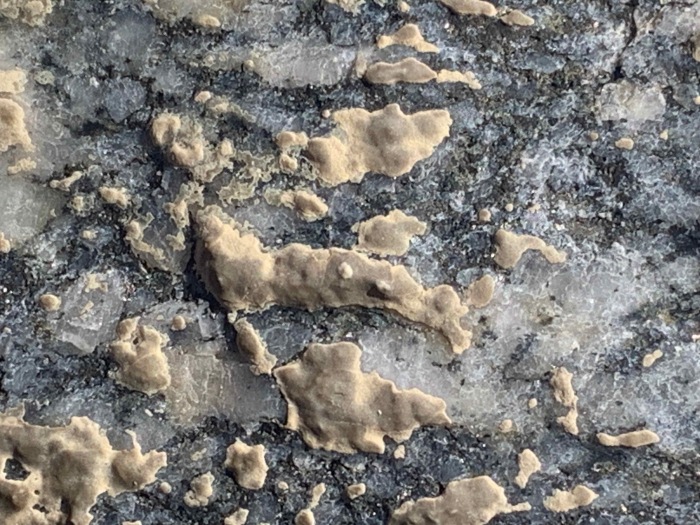King of the Polar Desert
It has been a dream of mine since working with collembola in grad school, to visit Antarctica and find some of these amazing animals. I knew from years of encyclopedia reading as a child without the internet, that collembola were some of the very few organisms that survived on the continent. In Missouri you can find hundreds of species in many shapes, sizes, and colors. In inland Antarctica, maybe two.

These weird little animals are also called springtails because they have this mousetrap like spring under their abdomen that flings them to safety when a threat is nearby. This organ, called a furcula, makes them pretty hard to study back home. You so much as breathe on them and they scatter in every direction. Since this is Antarctica, however, is doesn't even have a springing tail. It has no predators. Anything "extra" in Antarctica is a hindrance to survival. In its millions of years of survival in these conditions, the best springtails are the ones that didn't waste precious energy building a useless critter catapult. This is just one thing this species does to help it survive the frigid, resource poor environment of the Antarctic Dry Valleys. In the video we drop into Garwood Valley to take some soil samples and find a few of these amazing dudes. Let me know what you thought would have been the largest terrestrial animal in Antarctica.


Comments